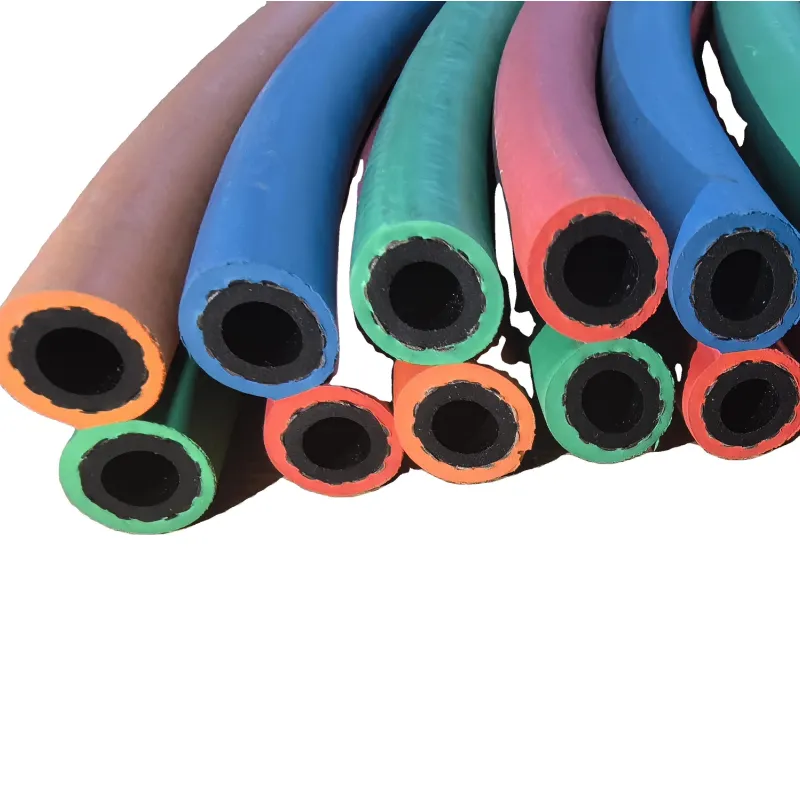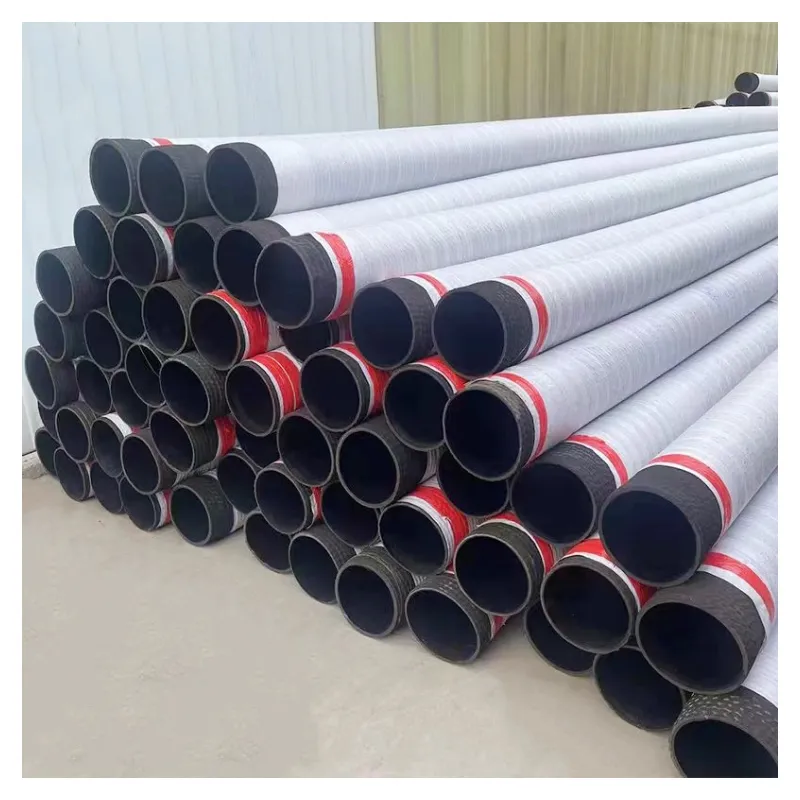
- Afrikaans
- Albanian
- Amharic
- Arabic
- Armenian
- Azerbaijani
- Basque
- Belarusian
- Bengali
- Bosnian
- Bulgarian
- Catalan
- Cebuano
- Corsican
- Croatian
- Czech
- Danish
- Dutch
- English
- Esperanto
- Estonian
- Finnish
- French
- Frisian
- Galician
- Georgian
- German
- Greek
- Gujarati
- haitian_creole
- hausa
- hawaiian
- Hebrew
- Hindi
- Miao
- Hungarian
- Icelandic
- igbo
- Indonesian
- irish
- Italian
- Japanese
- Javanese
- Kannada
- kazakh
- Khmer
- Rwandese
- Korean
- Kurdish
- Kyrgyz
- Lao
- Latin
- Latvian
- Lithuanian
- Luxembourgish
- Macedonian
- Malgashi
- Malay
- Malayalam
- Maltese
- Maori
- Marathi
- Mongolian
- Myanmar
- Nepali
- Norwegian
- Norwegian
- Occitan
- Pashto
- Persian
- Polish
- Portuguese
- Punjabi
- Romanian
- Russian
- Samoan
- scottish-gaelic
- Serbian
- Sesotho
- Shona
- Sindhi
- Sinhala
- Slovak
- Slovenian
- Somali
- Spanish
- Sundanese
- Swahili
- Swedish
- Tagalog
- Tajik
- Tamil
- Tatar
- Telugu
- Thai
- Turkish
- Turkmen
- Ukrainian
- Urdu
- Uighur
- Uzbek
- Vietnamese
- Welsh
- Bantu
- Yiddish
- Yoruba
- Zulu

Mai . 07, 2025 15:34 Back to list
LPG Hose Pipe - High-Pressure Resistant & Flexible Gas Transfer
Did you know? 1 in 3 LPG accidents stem from substandard gas hoses. While you handle flammable fuels daily, your hose pipes battle 300+ PSI pressure and extreme temperatures. Ordinary hoses crack under pressure - literally. We've engineered the solution that outlasts competitors by 3x. Keep reading to transform your safety standards.

(lpg hose pipe)
Military-Grade Tech in Your LPG Gas Hose Pipe
Our LPG hose pipes feature 8-layer reinforcement - 63% stronger than industry standards. Triple-proof construction resists:
') no-repeat left center; padding-left: 2rem; margin-bottom: 0.8rem;">Abrasion (150,000+ flex cycles) ') no-repeat left center; padding-left: 2rem; margin-bottom: 0.8rem;">Corrosion (IP68 waterproof rating) ') no-repeat left center; padding-left: 2rem; margin-bottom: 0.8rem;">Temperature extremes (-58°F to +356°F)
Head-to-Head: Why Our LPG Hose Outperforms
| Feature | Standard Hose | Our Premium Hose |
|---|---|---|
| Burst Pressure | 450 PSI | 1200 PSI |
| Certifications | CE Only | CE, ISO, UL, BS |
Your Custom LPG Gas Hose Pipe Blueprint
Need special fittings? Require 50-foot continuous lengths? Our 3-step customization works while you wait:
- 1Select diameter (1/4" to 2")
- 2Choose end fittings
- 3Specify length (3ft to 100ft)
Real-World Heroes: Our Hoses in Action
Chemical Plant Success
"Zero leaks since switching - 18 months and counting."
- PetroGas Solutions
Marine Fleet Upgrade
"Withstood 5x more deck friction than previous hoses."
- Coastal LNG Transport
Ready for Unmatched LPG Safety?
Join 1,200+ satisfied operators who upgraded in 2023. Limited inventory - priority shipping available.
Get Your Custom Quote Now →30-day performance guarantee | 24/7 expert support

(lpg hose pipe)
FAQS on lpg hose pipe
Q: What materials are used in an LPG hose pipe?
A: LPG hose pipes are typically made from synthetic rubber or thermoplastic materials resistant to high pressure and temperature, ensuring safe gas transfer. They comply with ISO 11439 or EN 1763 standards for durability and safety.
Q: How often should I replace my LPG gas hose pipe?
A: Replace your LPG hose pipe every 3-5 years or immediately if you notice cracks, wear, or leaks. Regular inspections every 6-12 months are recommended for safety.
Q: Can I use a regular hose pipe for LPG gas?
A: No, standard hose pipes lack the reinforced construction and chemical resistance required for LPG. Always use a hose specifically certified for LPG gas to prevent leaks or accidents.
Q: What certifications should an LPG hose pipe have?
A: Look for certifications like EN 1762, EN 1763, or ISO 11439. These ensure the hose meets international safety and performance standards for handling liquefied petroleum gas.
Q: What is the maximum pressure an LPG hose pipe can handle?
A: Most LPG hose pipes withstand pressures up to 20-30 bar, depending on size and material. Always check the manufacturer’s specifications to match your gas system requirements.
Latest News
Steel Wire Reinforced Hydraulic Hose SAE 100 R1 / EN853 1SN S
NewsOct.17,2024
Two Layers Steel Wire Reinforced Hydraulic Hose SAE 100 R2 / EN853 2SN
NewsSep.03,2024
Textile Braid Reinforced Hydraulic Hose SAE100 R3+R6
NewsSep.03,2024
Textile Reinforced Hydraulic oil Suction Hose with embedded Steel Wire SAE 100 R4
NewsSep.03,2024
Single Wire Braid and Textile Covered Hydraulic Hose SAE 100 R5
NewsSep.03,2024
High Pressure Thermoplastic Hydraulic Hose SAE 100 R7 / EN855 R7 - SAE 100 R8 / EN855 R8
NewsSep.03,2024
Heavy Duty Four-layer Steel Wire Spiral Reinforced Hydraulic Hose SAE100R9+R10+R12
NewsSep.03,2024
Heavy Duty Multi-layer Steel Wire Reinforced Hydraulic Hose SAE100R13 SAE100R15
NewsSep.03,2024
Latest Products










